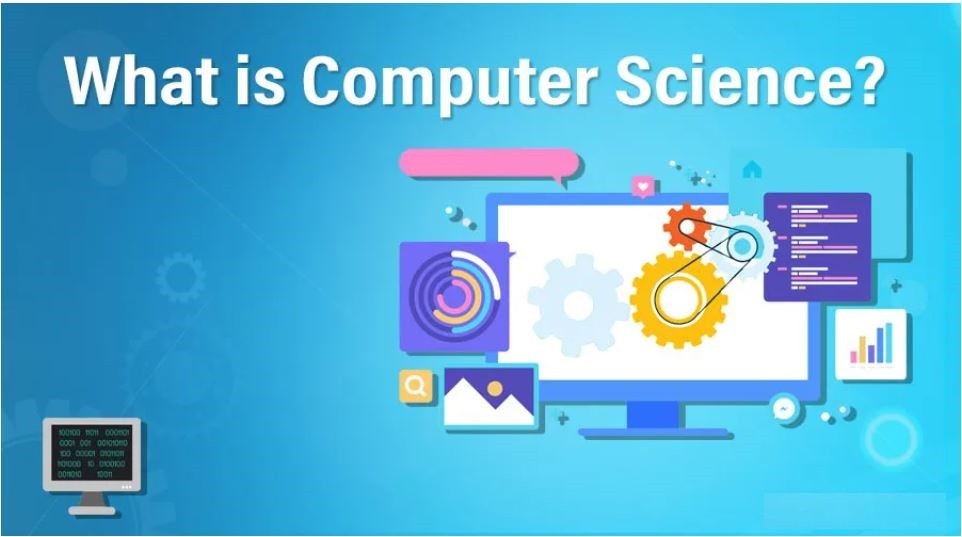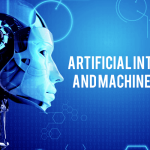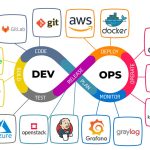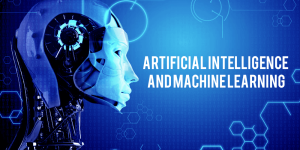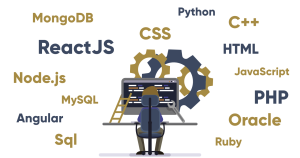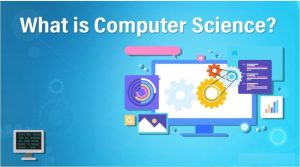Introduction to Computer Science
Description:
This course introduces the core concepts of computer science, providing foundational knowledge about computers, software, and how information is processed.
Learning Objectives:
-
Understand what computer science encompasses
-
Learn about the basic components of a computer
-
Understand how data is represented in computers
-
Explore algorithms and their importance
-
Gain a basic understanding of computer networks
Detailed Content:
1.1 What is Computer Science?
Computer science is the study of computers and computational systems. Unlike electrical and computer engineers, computer scientists mostly deal with software and software systems including their theory, design, development, and application.
Computer science covers a variety of topics from theoretical algorithms to practical programming and hardware development.
1.2 Hardware Components
-
Input devices: Devices that allow users to input data, such as keyboards, mice, scanners, and microphones.
-
Output devices: Devices that provide information to the user, including monitors, printers, and speakers.
-
Central Processing Unit (CPU): The brain of the computer which processes instructions. It contains:
-
Arithmetic Logic Unit (ALU) for calculations
-
Control Unit that directs operations
-
-
Memory:
-
Primary memory (RAM) stores data temporarily while the computer is on.
-
Secondary memory (Hard drives, SSDs) stores data permanently.
-
-
Motherboard: The main circuit board connecting all components.
1.3 Software Components
-
System Software: Includes operating systems like Windows, Linux, and macOS that manage hardware resources.
-
Application Software: Programs that perform specific tasks like word processing, games, or web browsers.
1.4 Data Representation
Computers use the binary system to represent data using 0s and 1s.
-
A bit is the smallest unit of data (0 or 1).
-
Byte is 8 bits.
-
Data types include integers, floating-point numbers, and characters (ASCII/Unicode).
1.5 Algorithms and Problem Solving
Algorithms are step-by-step instructions to solve problems or perform tasks. For example, a recipe is an algorithm for cooking. In computer science, algorithms are expressed in programming languages or pseudocode.
1.6 Introduction to Computer Networks
Networks connect multiple computers for data sharing.
-
Types include LAN (Local Area Network), WAN (Wide Area Network), and the Internet.
-
Devices like routers, switches, and modems help in communication.
-
Protocols like TCP/IP govern data transmission.
